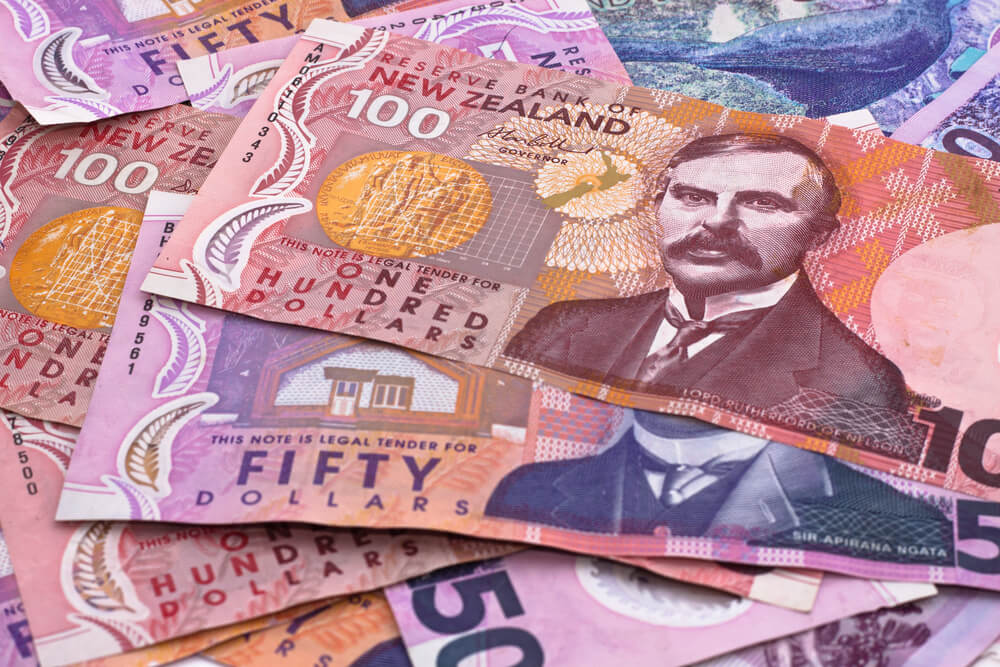
Kiwi Hit by New Virus Case
The New Zealand dollar sank on Tuesday after the country discovered its first COVID-19 community case in six months. The Australian currency fell to a one-month low as central bank meeting minutes were regarded as dovish.
Safe-haven currencies, such as the yen, were strong versus riskier currencies. They were reflecting a rising concern that the emergence of the Delta strain of the coronavirus might disrupt, if not derail, the global economic recovery from the pandemic.
After discovering a Covid-19 community breakout for the first time since February, the New Zealand dollar fell 0.7 percent to $0.6972. The announcement came just a day before the country’s central bank, the Reserve Bank of New Zealand (RBNZ), became the first developed country to hike interest rates since the epidemic as its economy flourishes.
While experts still expect the RBNZ to raise interest rates by 25 basis points on Wednesday. The overnight indexed swaps for the currency showed an implied chance of less than a 90% rate hike.
Reserve Bank of Australia
The Australian dollar fell 0.4 percent to $0.7308 after the minutes of the Australian central bank’s most recent policy meeting was deemed to be more dovish than expected. The minutes revealed that the Reserve Bank of Australia (RBA), which startled investors by sticking to its plan to begin tapering bond purchases, would be willing to take policy action if coronavirus lockdowns across the country threatened a deeper economic downturn.
Risk-aversion was also on the rise. Recent pessimistic economic data from the United States and China fueled fears that the spread of the Delta variant would lead to a delayed global recovery.
Currency
The yen has gained to around 109.28 yen per dollar. This extended gains of nearly 1% made in the previous two sessions until Monday.
The yen was trading at 128.62 per euro, having reached a near five-month high of 128.50 yen on Monday. The Swiss currency likewise maintained its recent advances, trading at 0.9133 francs per dollar. It traded at 1.0745 francs to the euro, close to the nine-month high of 1.0720 reached earlier this month.
The U.S. dollar is sometimes seen as the ultimate safe-haven currency. It remained strong versus several rivals, including the euro and most other currencies. The euro fell marginally to $1.1785 after reaching a one-week high of $1.18045 on Friday.
Bitcoin was trading at $46,449, not far from its three-month high of $48,190 on Saturday. Ether was worth $3,195 at the time.
The New York Federal Reserve
According to a survey issued on Friday, the New York Federal Reserve’s gauge of manufacturing company activity fell more than predicted in August. The University of Michigan’s measure of U.S. consumer sentiment fell abruptly to its lowest level in a decade in early August.
Data released on Monday in China indicated that retail sales, industrial output, and fixed asset investment were lower than predicted in July, as the current COVID-19 epidemic weighed on the world’s second-largest economy.
Soft U.S. data could be transitory. But for the time being, more individuals are becoming cautious. As a result, they are likely to minimize risk in their positions, said Kazushige Kaida, head of F.X.




